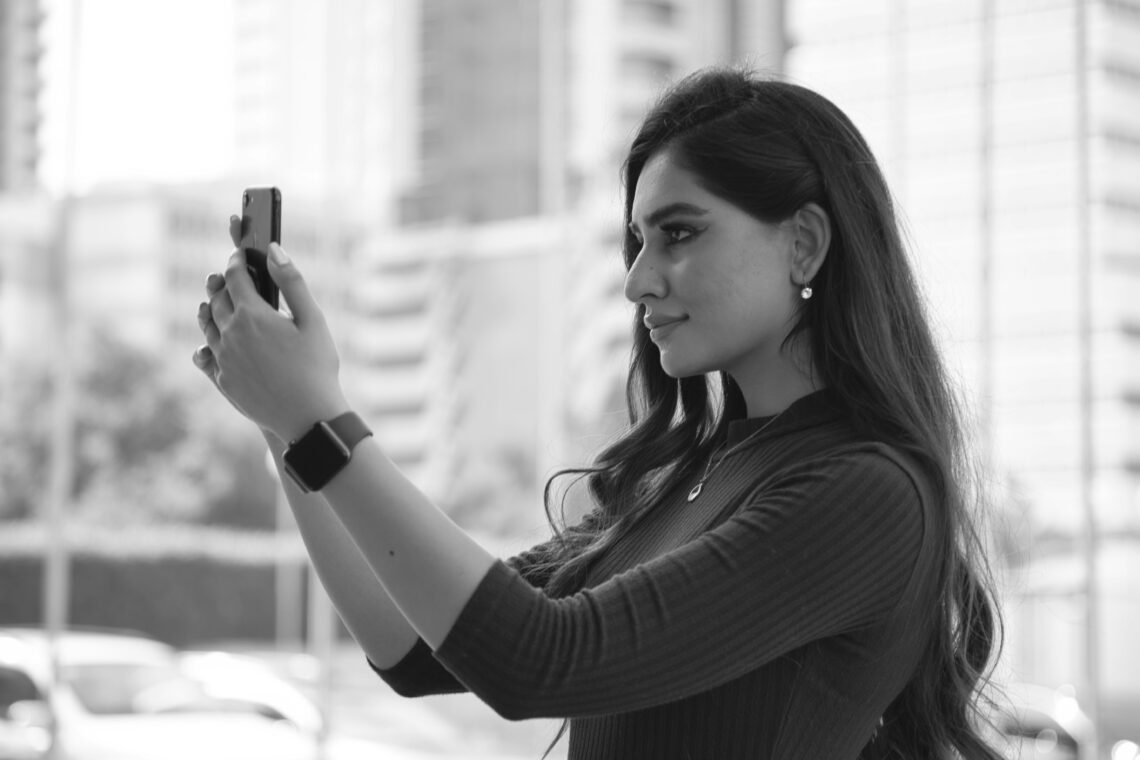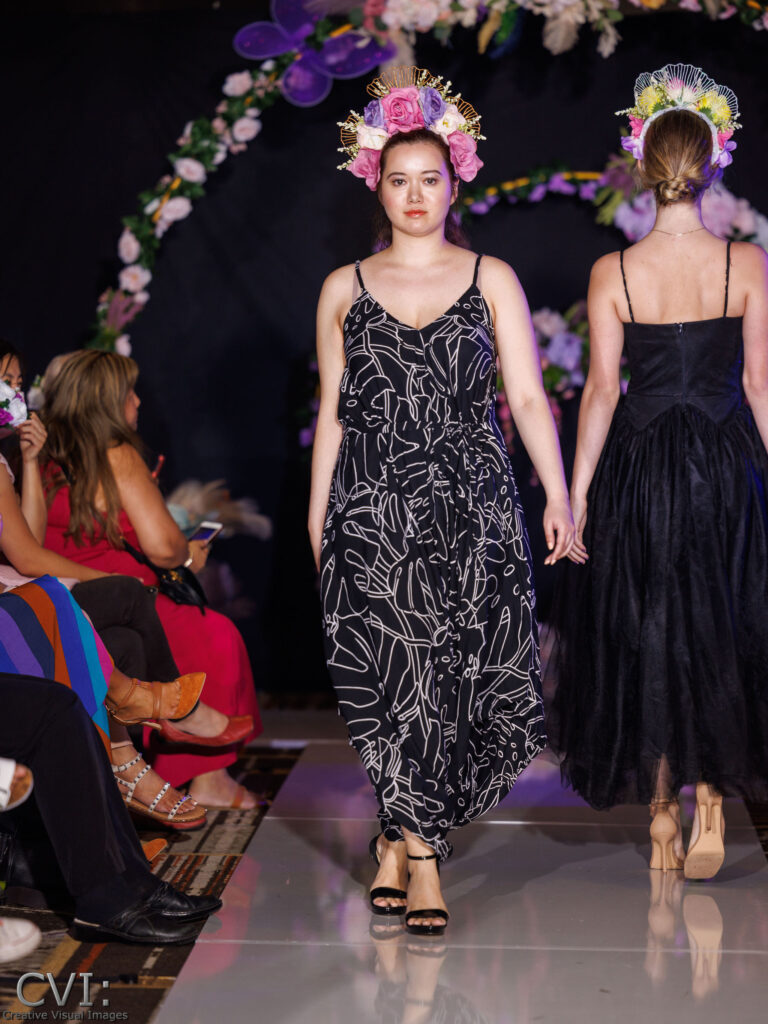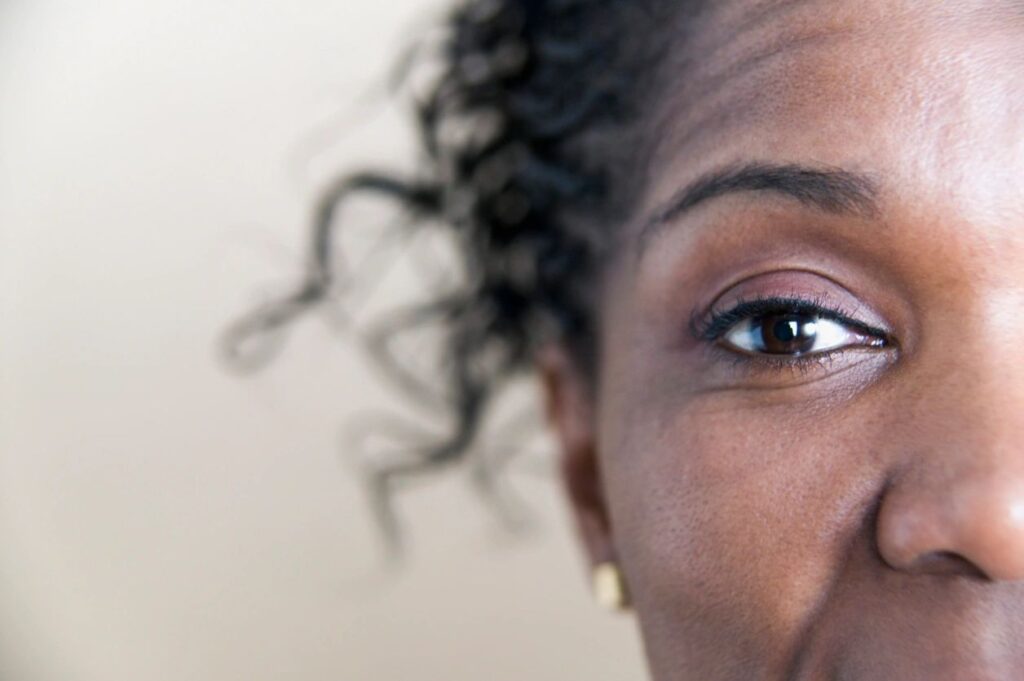
Stop Comparing, Start Accepting! How To Navigate Unrealistic Standards of Beauty & Success
As a food blogger and part-time model, I experience my fair share of body shaming, self-consciousness and doubt due to comparison. With a culture focused on conventional beauty standards, luxury and unrealistic/highly curated content, many creators struggle with low self-esteem, depression and clinical issues such as Body Dysmorphic Disorder (a.k.a. Body Dysmorphia).
Although this blog’s primary purpose is to share exciting recipes and product reviews, I couldn’t let issues associated with comparison go unmentioned. Together, we’ll dive into why we compare our lives to others, where body & self-esteem issues stem from, and ways to overcome these obstacles. I’ll also reference advice from Licensed Professional Counselor, Rebecca Lucas, whose specialities include body image, depression, trauma and disordered eating.


Comparison
Comparison is nearly impossible to avoid in American culture and in the social media age. Comparisons provide a benchmark for evaluating ourselves. By observing others, we gauge our own achievements, appearance, and capabilities. This can be a positive thing if we treat it as motivation for improvement. Unfortunately, comparison also can lead to feeling inadequate and envious of others who we deem superior to ourselves.
Comparison can happen anywhere in the world, however, Americans do have it tougher than other countries. I was watching a couple videos by YouTuber, David Wen, who is an American expat currently living in The Netherlands. He said that America is a highly competitive culture, while the Dutch aren’t necessarily worried about having the most followers, most money or impressive job title. The Dutch work to live, while Americans (for the most part) live to work, resulting in high stress and an endless search of instant gratification and dopamine.

Comparison is nearly impossible to avoid in the beauty-obsessed realm of social media. We know that life isn’t perfect for anyone, but it’s hard to reflect positively on our lives when supermodels jet set from photoshoot to fashion show and fit beauty standards to a tee. Body image issues are not exclusive to women. I’ve heard of many male models feeling less attractive compared to other guys and canceling photoshoots due to feeling insecure about their bodies.
More Than Skin Deep
“Comparison may be inevitable but so are your gifts, talents and beautiful uniqueness.” – Jan Crystal
Let’s cover some definitions. Body image issues are a broad category of concerns related to dissatisfaction with body weight, shape, size, skin color, features, and other aspects of appearance. Body issues are societal byproducts of diet culture and fat-phobia. Body Dysmorphic Disorder, on the other hand, is a serious mental health condition that can significantly impact a person’s daily life and well-being. Those with BDD may spend excessive time and energy worrying about a specific aspect of their appearance. Compulsive behaviors common with BDD are excessive checking in mirrors, seeking reassurance from others, hiding a certain part of the body with masks/scarves/hats, skin picking, or undergoing unnecessary cosmetic procedures.
While checking mirrors and asking a friend if you look good may not seem life-threatening, done in excess can lead to significant problems. BDD can sometimes be traced back to traumatic events, social pressure to be perfect, or repetitive contact with a negative person or bully. Most of us have experienced negativity from social media or gossip but if we don’t have a support system or strong sense of self, the side effects can build.

There are many risk factors of Body Dysmorphic Disorder that go beyond body shaming and the occasional self-doubt. Those with a family history of BDD, obsessive-compulsive disorder (OCD) or other mental condition, abnormal brain chemistry, or anxiety and depression are more prone to having BDD. According to Johns Hopkins Medicine, BDD usually begins in your adolescence or teenage years. If you’re a teen reading this, it’s important for you to be aware of how you feel about yourself when you experience shame or bullying. Body image issues often do not get better with age, unfortunately, so it’s important to tackle them now.
How To Work Through Body Image Issues & BDD
Self-talk is POWERFUL and the words we allow to flow through our minds can make or break our experience. When you start comparing yourself to someone, especially if you feel intimidated, a tip is to tell yourself that you’re just as fortunate as that person. You may be different from that person, but those differences make you unique and amazing. Tell yourself, either in your mind or verbally, that you are desirable, lovable and talented. You have what it takes to light up a room and become a successful student or creator.
Working through Body Dysmorphic Disorder is a bit different than dealing with body issues. BDD should be taken seriously as it can significantly impact a person’s well-being on a daily basis. The good thing is, you don’t have to suffer through it alone. The best way to deal with BDD is to seek help from a mental health professional. There are many treatment options, including talk therapy using a method like CBT, EMDR, Sandtray Therapy, self-compassion therapy, or parts work (like Internal Family Systems) and medication.

A professional can help you distinguish if you struggle with body image or have BDD. While seeking mental care can seem scary and overwhelming, therapists are trained to treat your conditions with compassion and listen to treat, not to judge. I would say, the biggest benefit of getting professional help is confidentiality. It’s relieving to talk to someone who will keep everything you discuss in sessions confidential.
If you’re curious about treatment options like EMDR, this page from Rebecca Lucas Counseling explains it well. It’s is a therapeutic approach that targets the emotional pain caused by past experiences. Using bilateral stimulation (back and forth eye movements, tapping, or ‘buzzes,’) the counselor guides the client through the memories, beliefs, and body sensation tied to these experiences.
The “sticks and stones” saying is complete B.S. Words can hurt, especially if we’ve been repeatedly exposed to negative people, traumatic events and family history of body negativity. The good news is there are people who are ready to help you develop consistent self-esteem and confidence. Comparison may be inevitable but so are your gifts, talents and beautiful uniqueness.
Disclaimer & Credits:
Please consult a licensed mental health provider for more information about treatment, such as EMDR and the other methods mentioned in this article.
Article featured image: Photo by ABDALLA M on Unsplash. Other stock photos provided by WordPress.
Fashion show photo taken by @creative_visual_images wearing @acflowercrowns. (Instagram handles)
Mental health research references:
https://rebeccalucascounseling.com/blog/f/new-year-less-body-shaming-how-to-combat-body-image-issues
https://www.hopkinsmedicine.org/health/conditions-and-diseases/body-dysmorphic-disorder
Eating Disorders
https://health.clevelandclinic.org/body-positivity-vs-body-neutrality

